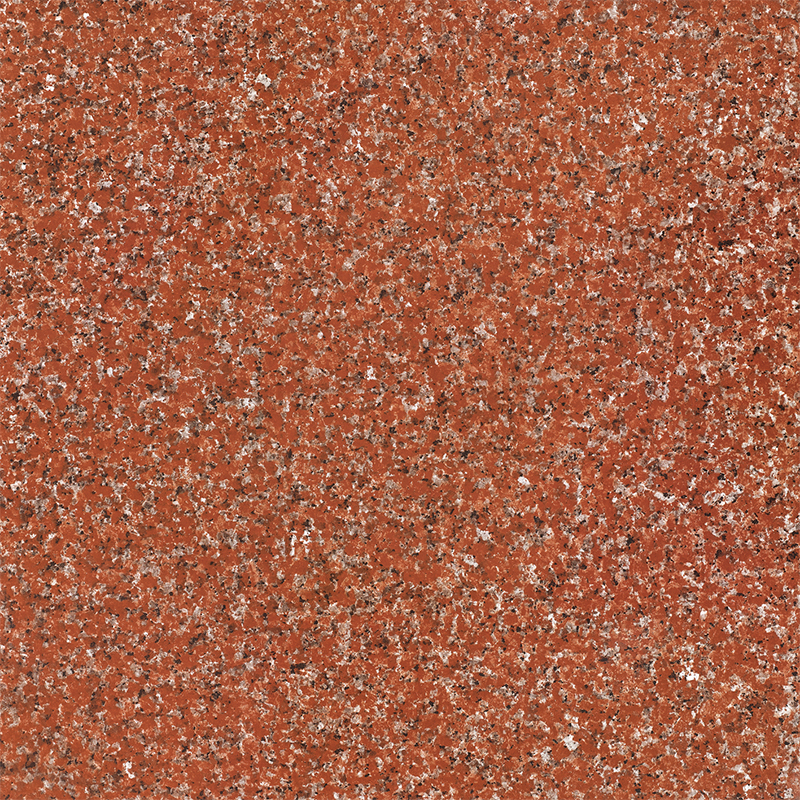How can metal bricks solve high-rise construction challenges with lightweight design?
Release Time : 2025-10-14
In modern urban architecture, the increasing number of high-rise and super-high-rise buildings places higher demands on the performance of building materials. Traditional exterior wall and decorative materials, such as natural stone, ceramic tiles, or concrete cladding, often present significant challenges, including heavy weight, complex construction, and numerous safety hazards. These factors pose significant challenges to the structural load-bearing, transportation, hoisting, and construction safety of high-rise buildings. The recent rise of metal bricks, with their unique lightweight design, is becoming an innovative solution to addressing these challenges in high-rise construction. They are widely used in curtain wall systems, commercial complexes, residential facades, and public buildings, driving architectural decoration towards safer, more efficient, and more sustainable development.
1. The "Weight Dilemma" of Traditional Materials
Although traditional ceramic tiles are relatively light, they still carry a significant load when combined with the adhesive layer and keel system. In high-rise buildings, excessively heavy exterior facade materials can significantly increase the load on the main structure, increasing construction costs and potentially compromising seismic performance. Furthermore, heavy materials pose a high risk of falling during high-altitude hoisting, resulting in low construction efficiency and high labor and machinery costs.
2. The Lightweight Revolution of Metal Brick
Metal brick is typically based on aluminum alloy, galvanized steel, or stainless steel sheets. Through roll-forming, nano-coating, and 3D embossing, it simulates the visual effects of natural materials such as stone, wood, and concrete. This "light as paper, strong as iron" property significantly reduces the weight of building envelope systems and effectively reduces the load on the main structure, making it particularly suitable for high-rise and super-high-rise buildings, as well as facade renovation projects involving older buildings.
3. Modular Design: Improving Construction Efficiency and Safety
Metal bricks often utilize a modular panel design. Panel sizes can be customized to project requirements, supporting dry-hang installation. Using a dedicated clip or keel system, they enable "plug-and-play" installation, eliminating the need for wet work and the risk of cement mortar falling during overhead work. The lightweight panels can be easily carried and installed by two workers, eliminating the need for large lifting equipment, significantly increasing construction speed and shortening project duration. Furthermore, the modular structure facilitates ongoing maintenance and partial replacement, reducing overall lifecycle costs.
4. Balancing Structural Stability and Durability
Despite its light weight, metal bricks demonstrate uncompromising structural design. Through roll-forming with reinforced ribs, the panels possess excellent wind resistance and can withstand the negative wind pressure of a Category 12 typhoon. Surface treatment with a fluorocarbon coating, a nano-self-cleaning layer, or an antibacterial coating provides exceptional weather resistance, UV resistance, stain resistance, and corrosion resistance, resulting in a service life of 20–30 years, far exceeding that of traditional coatings or ordinary metal panels. They maintain their pristine appearance even in high-salt fog and pollution environments, such as coastal areas and industrial areas.
5. Fireproofing and Environmental Protection
High-rise buildings require extremely high fire protection levels. Metal bricks are based on a non-combustible material, and combined with a fire-blocking system, they effectively prevent the spread of fire. Furthermore, the metal material is 100% recyclable, in line with the principles of green building and sustainable development. The production process is formaldehyde- and VOC-free, enabling projects to achieve green building certifications such as LEED and BREEAM.
6. Widely Used in High-Rise Buildings and Complex Facades
Metal brick is not only suitable for flat facades but can also be applied to complex architectural forms such as curved, irregular, and hyperbolic surfaces through curved forming technology, meeting the personalized needs of modern architectural design. In curtain wall systems, it can be combined with materials such as glass and photovoltaic panels to create architectural facades that are both aesthetically pleasing and functional.
Metal brick, through its lightweight base material, modular design, and advanced manufacturing processes, has successfully overcome the weight challenge in high-rise building construction. It not only reduces structural burdens and improves construction safety and efficiency, but also offers exceptional durability, fire resistance, and environmental advantages, making it an ideal choice for modern high-rise facades.
1. The "Weight Dilemma" of Traditional Materials
Although traditional ceramic tiles are relatively light, they still carry a significant load when combined with the adhesive layer and keel system. In high-rise buildings, excessively heavy exterior facade materials can significantly increase the load on the main structure, increasing construction costs and potentially compromising seismic performance. Furthermore, heavy materials pose a high risk of falling during high-altitude hoisting, resulting in low construction efficiency and high labor and machinery costs.
2. The Lightweight Revolution of Metal Brick
Metal brick is typically based on aluminum alloy, galvanized steel, or stainless steel sheets. Through roll-forming, nano-coating, and 3D embossing, it simulates the visual effects of natural materials such as stone, wood, and concrete. This "light as paper, strong as iron" property significantly reduces the weight of building envelope systems and effectively reduces the load on the main structure, making it particularly suitable for high-rise and super-high-rise buildings, as well as facade renovation projects involving older buildings.
3. Modular Design: Improving Construction Efficiency and Safety
Metal bricks often utilize a modular panel design. Panel sizes can be customized to project requirements, supporting dry-hang installation. Using a dedicated clip or keel system, they enable "plug-and-play" installation, eliminating the need for wet work and the risk of cement mortar falling during overhead work. The lightweight panels can be easily carried and installed by two workers, eliminating the need for large lifting equipment, significantly increasing construction speed and shortening project duration. Furthermore, the modular structure facilitates ongoing maintenance and partial replacement, reducing overall lifecycle costs.
4. Balancing Structural Stability and Durability
Despite its light weight, metal bricks demonstrate uncompromising structural design. Through roll-forming with reinforced ribs, the panels possess excellent wind resistance and can withstand the negative wind pressure of a Category 12 typhoon. Surface treatment with a fluorocarbon coating, a nano-self-cleaning layer, or an antibacterial coating provides exceptional weather resistance, UV resistance, stain resistance, and corrosion resistance, resulting in a service life of 20–30 years, far exceeding that of traditional coatings or ordinary metal panels. They maintain their pristine appearance even in high-salt fog and pollution environments, such as coastal areas and industrial areas.
5. Fireproofing and Environmental Protection
High-rise buildings require extremely high fire protection levels. Metal bricks are based on a non-combustible material, and combined with a fire-blocking system, they effectively prevent the spread of fire. Furthermore, the metal material is 100% recyclable, in line with the principles of green building and sustainable development. The production process is formaldehyde- and VOC-free, enabling projects to achieve green building certifications such as LEED and BREEAM.
6. Widely Used in High-Rise Buildings and Complex Facades
Metal brick is not only suitable for flat facades but can also be applied to complex architectural forms such as curved, irregular, and hyperbolic surfaces through curved forming technology, meeting the personalized needs of modern architectural design. In curtain wall systems, it can be combined with materials such as glass and photovoltaic panels to create architectural facades that are both aesthetically pleasing and functional.
Metal brick, through its lightweight base material, modular design, and advanced manufacturing processes, has successfully overcome the weight challenge in high-rise building construction. It not only reduces structural burdens and improves construction safety and efficiency, but also offers exceptional durability, fire resistance, and environmental advantages, making it an ideal choice for modern high-rise facades.







